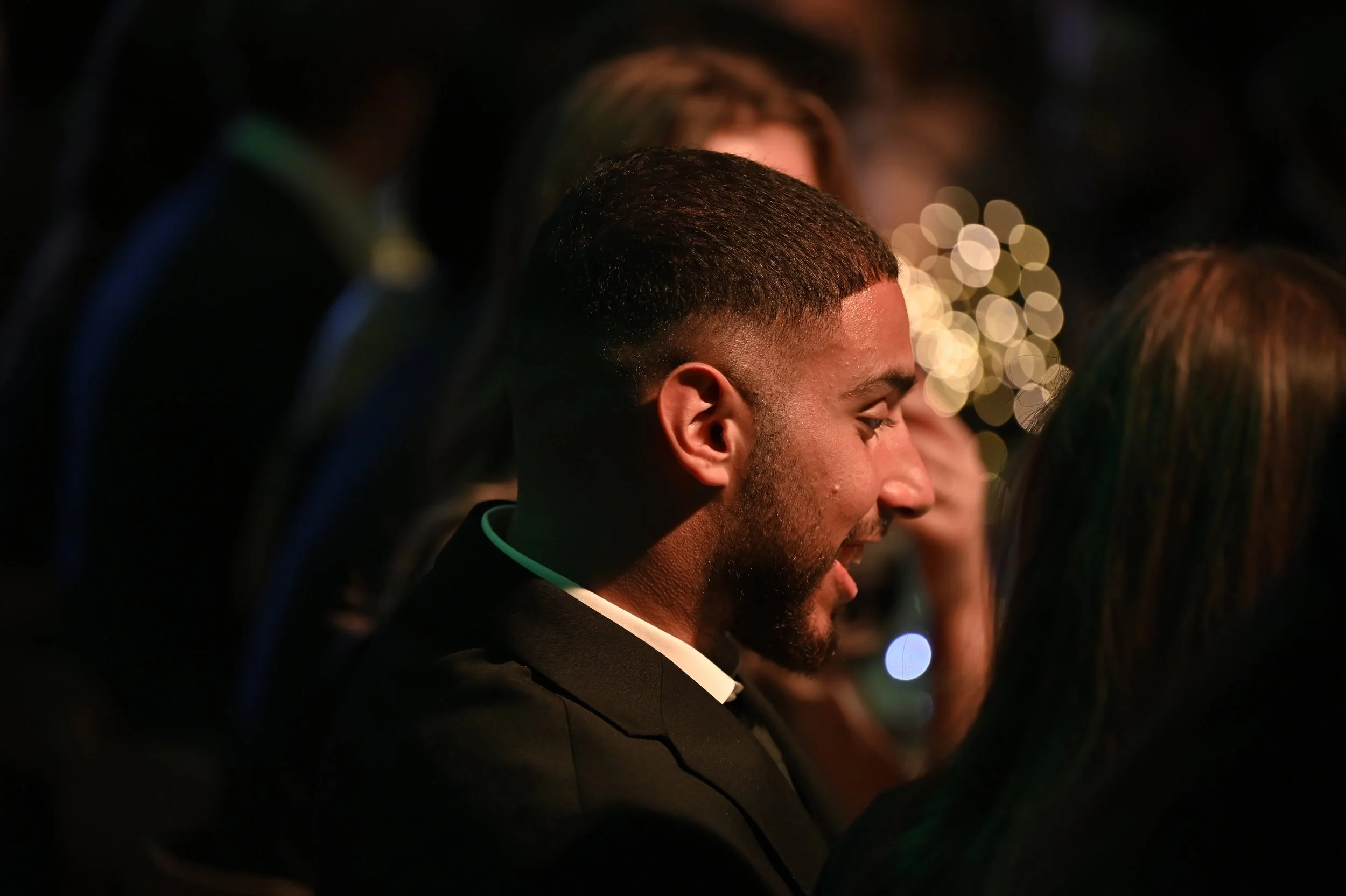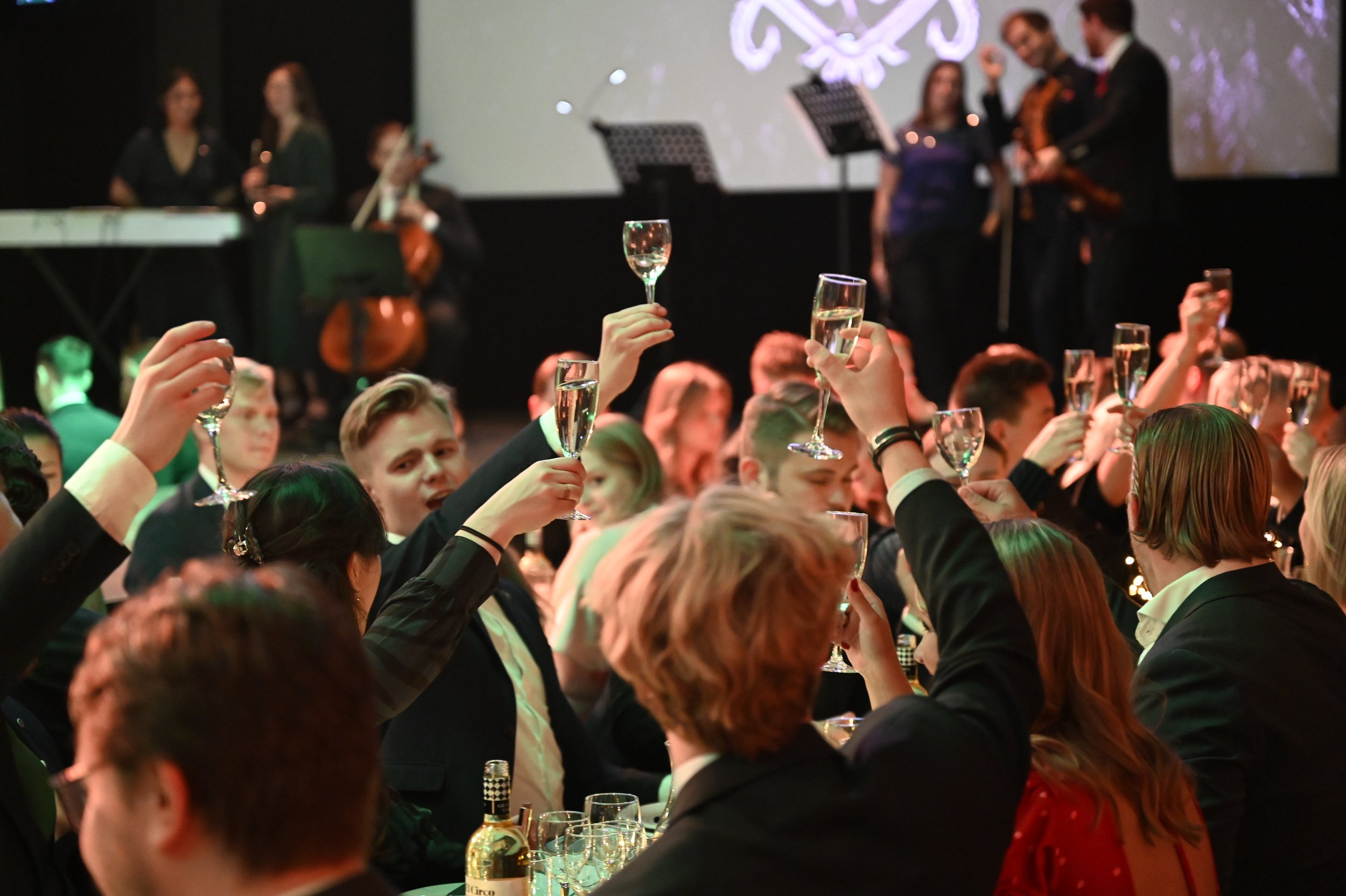How to Shoot Great Event Photography: Practical Tips & Real-World Advice
Event photography is one of the most dynamic and challenging types of photography. It covers a wide range of occasions — from corporate gatherings and concerts to weddings and product launches. A great event photographer isn’t just a “recorder”; they’re a storyteller. Here are some key techniques and practical tips to help you level up your event photography.
1. Pre-Event Preparation: Know the Flow and the Client's Priorities
Understanding the nature of the event, the key moments, and the people involved is essential. Preparation is everything. Here’s how:
Talk to the client: Clarify what they want captured — keynote speakers, stage shots, guest interactions, branding, etc.
Scout the venue (if possible): Observe lighting, space limitations, and layout.
Make a timeline: Note key moments like speeches, reveals, performances, or award ceremonies.
📝 Pro Tip: Ask the client, “Which moments or details are absolutely must-capture for you?” It will guide your shot list.
2. Use the Right Gear
You’ll need equipment that performs well in unpredictable lighting and allows for fast reactions. A recommended setup includes:
Camera: A fast-focusing body with strong low-light performance (Canon R6, Nikon Z6II, Sony A7IV, etc.).
Lenses:
24–70mm f/2.8: The workhorse lens for general coverage.
70–200mm f/2.8: Perfect for stage or distant candid moments.
35mm or 85mm f/1.4: Great for portraits or shallow depth-of-field shots.
External flash: Optional but helpful. Use bounce flash or a diffuser for natural results.
Extras: Always bring spare batteries and memory cards. Events drain power and storage faster than you'd think.
3. During the Shoot: Be Thorough, Sharp, and Respectful
✅ Capture Everything – Even the “Small Stuff”
Event coverage isn’t just about the big moments. Small, seemingly insignificant details often matter to the client:
Decorations, lighting design, catering, branded signage, gift bags, check-in desks
Staff working behind the scenes, guests mingling, reaction shots
These images can be crucial for internal reports, marketing, or future promotions. If in doubt, shoot it — better to have it than miss it.
📌 Reminder: Don’t just shoot what stands out. Look for the quiet, subtle elements that complete the story.
✅ Be Quick on Your Feet
Lighting changes fast. Subjects move. Great event photographers react instantly. Learn to anticipate — not just respond.
✅ Focus on Peak Moments
Look out for moments of high emotion or interaction — laughter, applause, speeches, awards, cheers, etc. These often become the “hero” shots.
✅ Mind Your Presence
Move silently, stay out of the way, and avoid blocking guests’ views. Be professional, discreet, and respectful — especially around VIPs or speakers.
4. Capture Emotion and Story
Good event photography goes beyond "who attended." It captures how it felt to be there:
Watch for subtle facial expressions, hand gestures, and eye contact.
Capture both formal and candid moments.
Get perspectives from all angles — guests, staff, speakers, audience.
📸 Composition Tips:
Use foreground and background to create depth.
Diagonal lines add energy and movement.
Don’t be afraid to experiment with light and shadows for artistic shots.
Maison Margiela at NK
5. Post-Production & Delivery
You may end up with hundreds or even thousands of photos. Your job in post-production is to curate efficiently and edit cleanly.
Selection: Eliminate duplicates or near-identical shots. Focus on the most expressive and meaningful frames.
Editing: Adjust exposure, color balance, contrast, and crop for better framing. Clean up any distractions or imperfections.
Delivery:
Organize photos into folders or galleries (e.g., “Speeches,” “Candid Moments,” “Decor & Venue”)
Provide high-res and web-optimized versions
Optional: Use platforms like Pixieset, Dropbox, or Google Drive for delivery
6. Bonus: 5 Small Tips That Make a Big Difference
Observe: Study how others shoot events. Dissect their lighting and composition.
Practice: Each event hones your reflexes and eye for detail.
Ask for feedback: Let clients tell you what they love or miss. It helps you grow.
Refine your editing: Develop a consistent look and workflow.
Bring two cameras: Avoid wasting time changing lenses during fast-paced moments.
KTH DKP Welcoming Event
Final Thoughts
Event photography is a blend of technical skill, speed, empathy, and awareness. You’re not just taking pictures — you’re telling a story, often in real-time. Be prepared, shoot with intention, respect the space, and most importantly, never underestimate the value of a photo that seems unimportant.
Because to your client — it might be the one they needed most.





